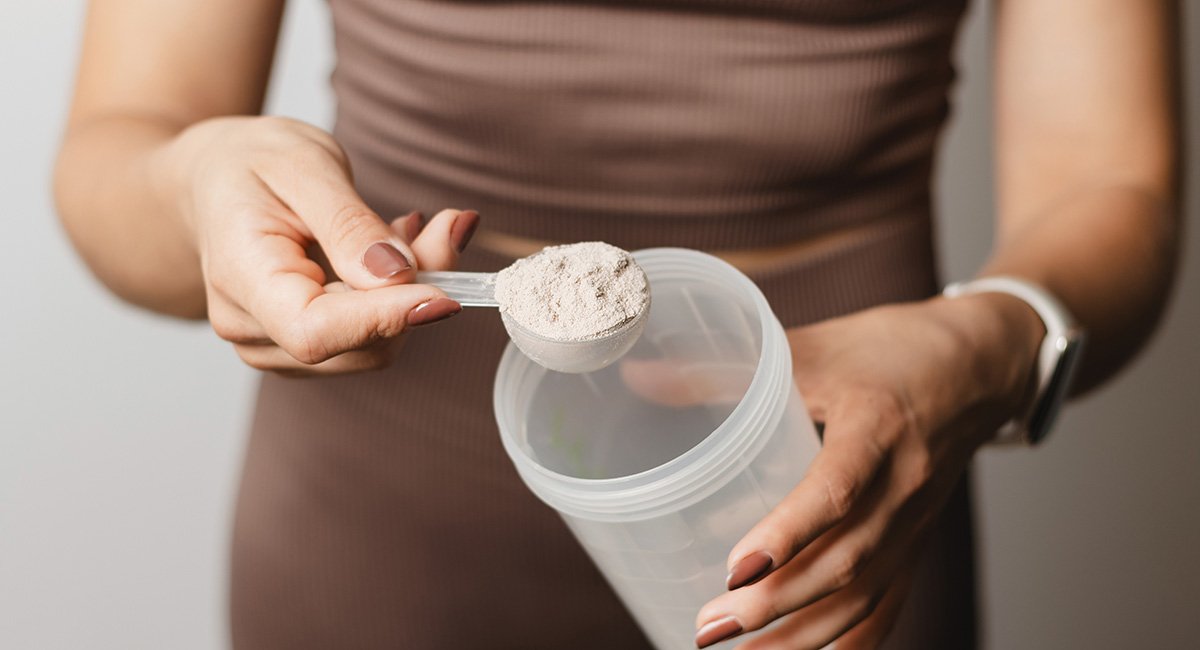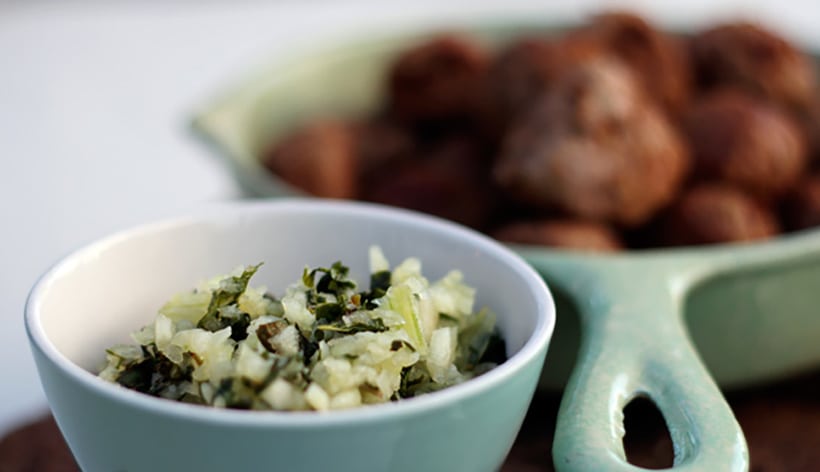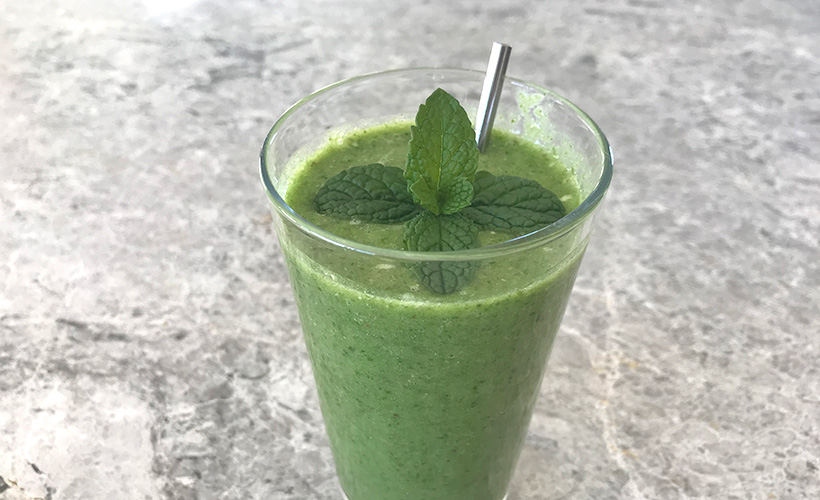Protein, we’ve all heard the term, we eat it every day, it comes in shakes, bars, bliss balls and powder, but do we know what this little compound actually is?
With new protein products entering the market daily, it’s important to know what you’re buying and how to use it in a way that makes sure you’re getting your money’s worth.
An Essential Macro Nutrient
Protein is one of the three macro nutrients (big nutrients), alongside carbohydrates and fat. It is located within every cell and tissue of the human body and in case that isn’t enough, we store it in our muscles too. In fact, after water, protein is the most abundant compound in the human body (1). Why? Because it’s used for almost everything our body does – peculiar thought right?
Of all the molecules known, protein has been called out for being by far the most structurally confusing (2), however, this is what allows it to carry out such a huge range of functions. Protein provides a source of energy or fuel and is used by our bodies every day to grow and repair tissues, build muscles, create hormones and enzymes, provide structural and immune system support, alongside a heap of other important functions.1 There are all sorts of types of proteins in our bodies, each with its own job to keep our bodies functioning well.
Proteins are found in a wide range of foods and supplements and are made up of little building blocks called amino acids. There are 20 amino acids in total. our bodiy can make eleven, the rest we must get from out diet.1

What Are Amino Acids?
Amino acids are the building blocks of protein. All 20 amino acids are crucial for the breakdown of food to energy.1 How these amino acids are linked together will determine which protein is built and the function of that protein.
Another way to help understand is to picture the amino acids in your body like letters of the alphabet. The letters can combine in hundreds of different ways to form different words that all mean different things. When your body needs a specific protein, it will combine the amino acids in a particular way to form a specific protein to carry out the required function. But where do Amino acids come from?
Essential Vs. Non-Essential Amino Acids
As previously mentioned, there are eleven amino acids which the body can make. The other nine must be provided through the diet, these are leucine, isoleucine, valine, phenylalanine, threonine, methionine, histidine, tryptophan and lysine.
When we eat a food that contains protein, say for example steak, the steak is broken down in your gut into these little amino acids. Then when your body needs to make a new protein, it will essentially grab all the amino acids it needs and assemble them in the required fashion.




















Community